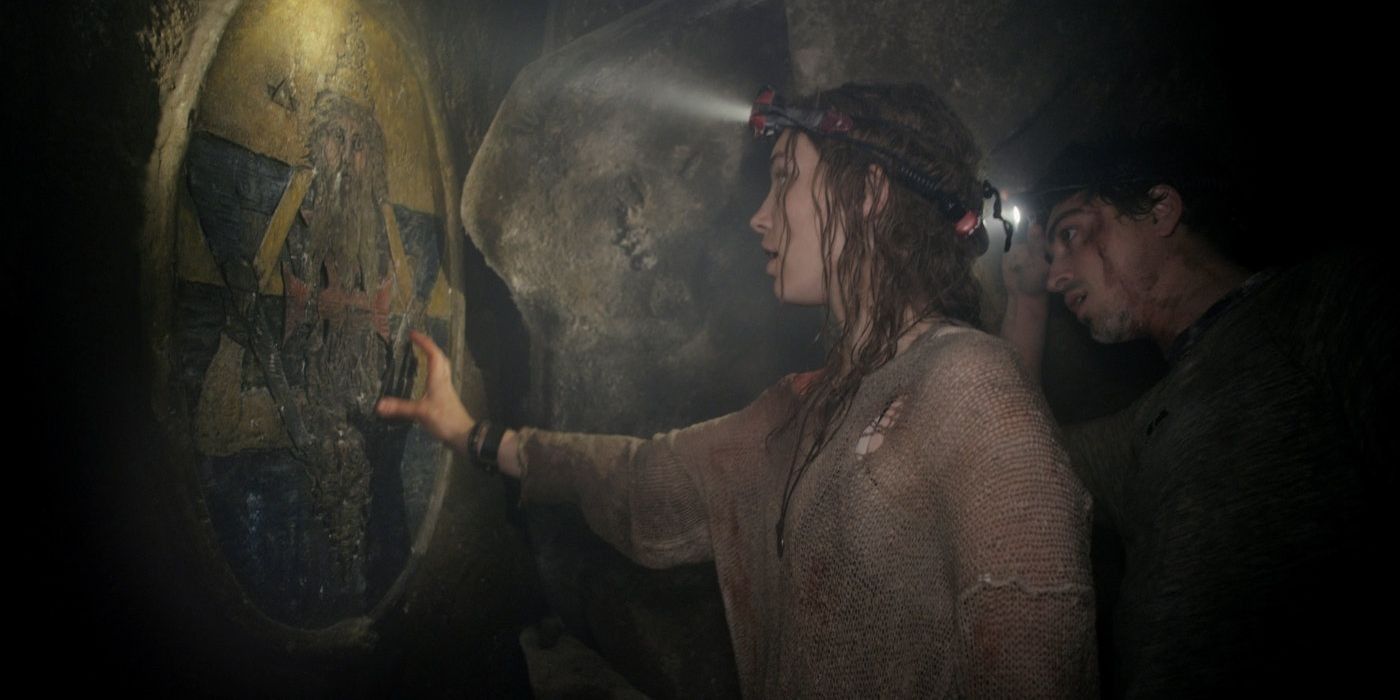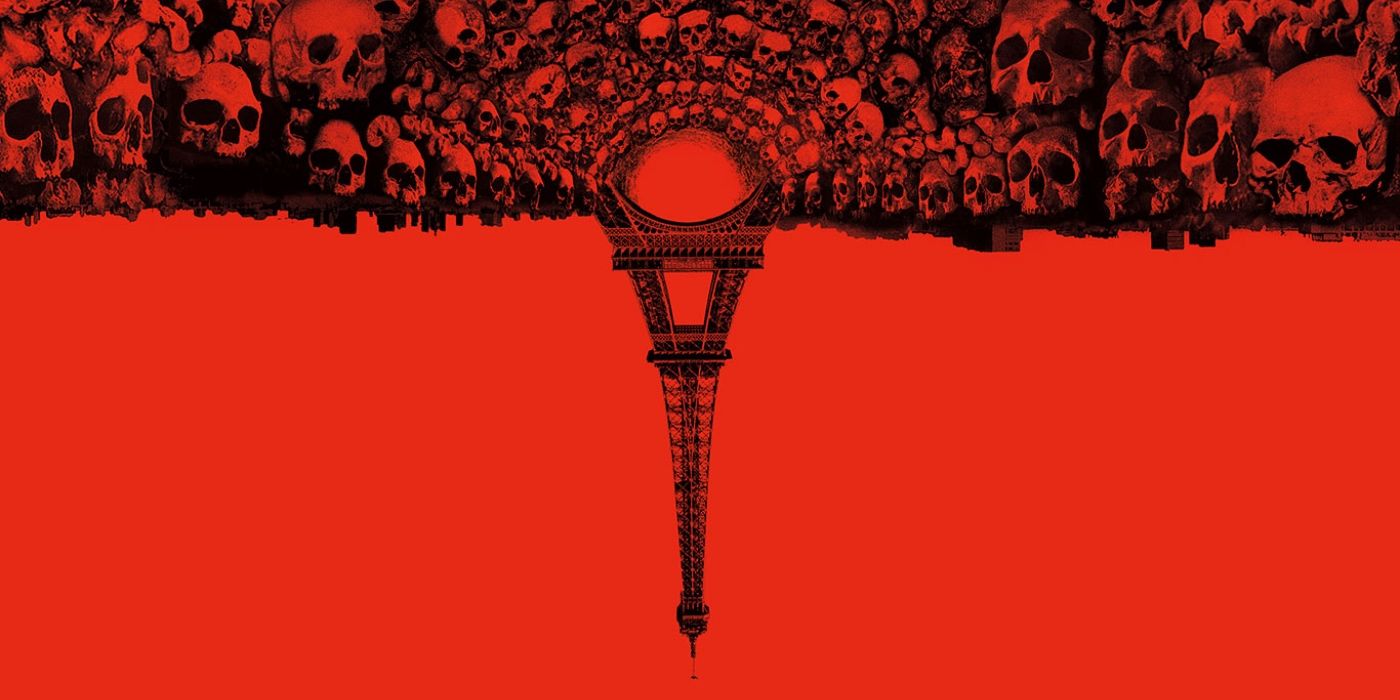John Erick Dowdle’s 2014 horror film As Above, So Below is a wildly successful film with a title that holds just as much weight as its plot, which seems to be inspired by Dante Aligheri's iconic poem, but isn't quite what people think. Throughout its entirety, the film contains a wealth of references on an array of religious symbols and sayings, as well as those that pertain to its historically significant setting. While many fans of As Above, So Below attribute the title to the 14th century epic poem written by Dante—commonly known as his Inferno—it is actually a reference to Hermeticism and alchemy.
As Above, So Below follows Scarlett Marlowe (Perdita Weeks), a professor of archaeology and alchemy enthusiast, on the search for the philosopher’s stone. She discovers that it lies approximately 370 feet below the Paris catacombs, and assembles a team of fellow scholars to assist in her mission. As the film progresses, the mysteries lying beneath the city of lights grow increasingly bizarre. Almost suddenly, they reach the Gnostic Star of David, which represents the film’s title. While the plot resembles the Inferno and its layers to hell, the only reference that solidifies that it may be the primary point of the title is a doorway that reads “Abandon all hope, ye who enter here”, a direct quote from the text.
Dowdle’s film isn’t the first to draw inspiration from Dante's Inferno in recent years. The supposedly cursed movie, Antrum (2019), is entirely based on its layers. One popular fan theory has also suggested that the FX series, American Horror Story, details each layer of the inferno through individual seasons. It is a brilliant method to encapsulate the various levels of danger that the team ventures through on their journey but, ultimately, it is not the core meaning of the film or its title.
What The Title REALLY Means
In Hermeticism, the statement “as above, so below”, is a fundamental principle that suggests that whatever happens above also does below, and vice versa. It is a complex theoretical framework that the religious and philosophical practice uses more commonly to discuss the microcosms of the self and the macrocosm of the universe. In short, the universe exists within an individual and the individual exists within the universe. When Hermeticism started implementing alchemy, astrology, and theurgy to its practice, the statement became even more complex. As Above, So Below utilizes these alchemical beliefs.
In the film, the philosopher’s stone has the ability to transform mercury into gold. This is a direct reference to alchemy, which does the exact same. While Scarlett initially understands the concept of alchemy in this simplistic view, their journey into the catacombs reveals the true nature of it. Throughout the film, the team is faced with the mysteries of death and birth while pondering on the possibilities of resurrection or rebirth. These three topics are vital to alchemy, as they are included in the spiritual investigation which creates the philosopher’s stone. By the end of the film, Scarlett recognizes that they must confront their demons in order to escape.
Once they confront what is “below” they are able to return to the “above”. Which, in this context, is their reality. By externally confronting their experiences, they've reached an internal resolve. Thus, the team successfully accomplished an alchemical practice that leads to the creation of the philosopher’s stone, despite never physically manifesting it. Due to the Hermeticism throughout the film, it is not a direct retelling of Dante’s Inferno. As Above, So Below is a horror film about taking the spiritual journey detailed in Hermeticism’s alchemical beliefs.


